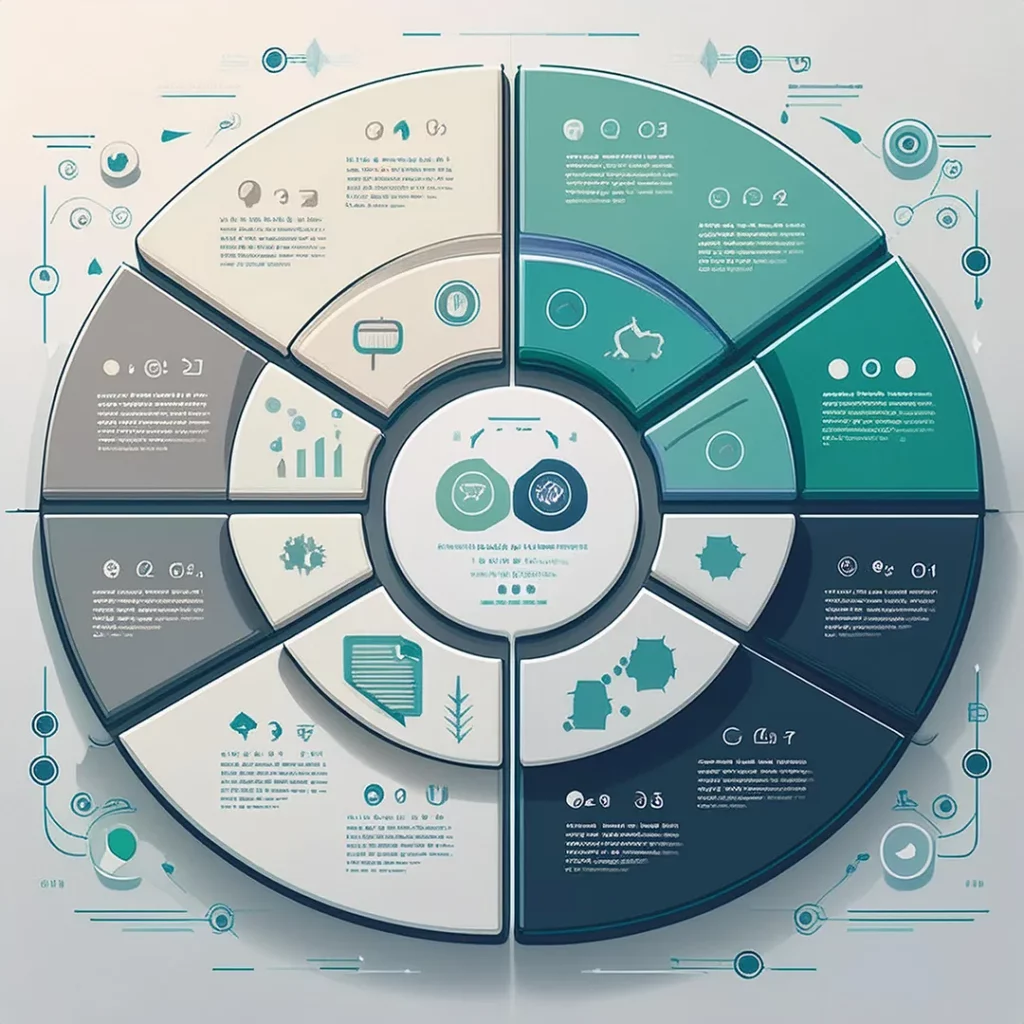Dick and Carey Model
A structured, performance-oriented instructional design framework that perceives learning as an interconnected system rather than as isolated parts. Each phase influences the others. Each phase impacts the others. and guarantees that instructional materials are aligned with learner needs and performance objectives.
Overview
The model consists of ten sequential steps, each influencing the others:
Identify Instructional Goals
Determine what learners should know or be able to do after completing the instruction.
Conduct Instructional Analysis
Break down the learning tasks and identify the steps and knowledge required to achieve the goals.
Analyse Learners and Context
Assess learners’ prior knowledge, skills, and the learning environment to tailor the instruction accordingly.
Write Performance Objectives
Define specific, measurable learning objectives aligned with the instructional goals.
Develop Assessment Instruments
Create assessments to measure whether learners have achieved the objectives.
Develop Instructional Strategy
Plan the instructional activities and strategies to deliver the content effectively.
Develop and Select Instructional Materials
Create or choose appropriate materials (e.g., videos, readings, tools) to support the instructional strategy.
Design and Conduct Formative Evaluation
Test the instruction with a sample of learners and revise based on feedback.
Revise Instruction
Make necessary adjustments to the instruction based on formative evaluation results.
Design and Conduct Summative Evaluation
Evaluate the instruction’s effectiveness after implementation to determine if the instructional goals were met.

Implications of the Dick and Carey Model for instructional design
By focusing on systematic planning and continuous improvement, the Dick and Carey Model helps instructional designers create effective and engaging learning experiences.
Systematic Approach
Emphasises treating instruction as an integrated system, ensuring coherence and alignment among all components to achieve learning goals effectively.
Clear Objectives
Prioritises the creation of specific, measurable learning objectives, which serve as a foundation for both the instructional design process and assessment development.
Learner-Centred Design: Focuses on understanding and analysing learner characteristics, allowing for instructional strategies to be tailored to meet diverse learner needs and optimise engagement.
Assessment Alignment
Ensures that assessments are directly aligned with learning objectives, providing reliable and valid measures of learner achievement.
Iterative Process
Advocates for continuous evaluation and refinement based on formative feedback, allowing for iterative improvements throughout the instructional design process.
Integration of Theory and Practice
Supports the thoughtful integration of learning theories with practical applications, enhancing both instructional strategies and learner outcomes.
Resource Planning
Emphasises early planning for required resources and potential constraints, facilitating effective project management and execution.
Collaborative Design
Encourages active collaboration among stakeholders, including subject matter experts and learners, to enrich the instructional design and ensure its relevance.
Focus on Evaluation: Incorporates both formative and summative evaluations to measure instructional effectiveness and inform ongoing improvements.
Strengths and limitations
I work as an instructional designer and learning experience designer for a member organisation developing Professional Development (PD) for K-12 Teachers in non-state schools in Queensland, Australia.
I’ve found the Dick and Carey model to have the following strengths and limitations.
Strengths
Structured Framework
A clear, strustured approach helps me organise and manage the design process. I provide training on many different topics for diverse audiences, so I can ensure that each component is thoughtfully integrated.
Focus on Learner Needs
The emphasis on analysing learner characteristics allows me to tailor PD initiatives to meet the specific needs of K-12 teachers, principals and board members. Obviously, relevance is crucial for engagement and effectiveness in professional development.
Alignment of Goals and Assessments
The model’s focus on aligning objectives, instruction, and assessment ensures that PD outcomes are measurable and centred on improving teaching practices, which is vital for accountability in our educational context.
Iterative Process: The model encourages ongoing evaluation and revision based on feedback, which is arguably, vital. I can adapt content and methods based on teacher responses and emerging needs, keeping the PD relevant and effective.
Collaboration: Involving stakeholders, such as educators and subject matter experts, enriches the PD experience. This collaboration helps ensure that the content is practical and grounded in real-world applications, which teachers appreciate.
Limitations
Rigidity
The structured nature of the model can feel rigid or overly prescriptive at times. Some PD topics might benefit from a more dynamic, less linear approach, allowing for greater creativity.
Time-Intensive: The comprehensive steps involved can be time-consuming, which poses a challenge in our fast-paced environment where rapid development is often needed to address changing educational demands.
Focus on Behavioural Objectives: While the model does integrate various learning theories, its strong emphasis on measurable outcomes can sometimes overlook the importance of fostering deeper learning experiences, such as critical thinking and creativity—skills that are increasingly vital in modern education.
Resource Constraints: I’ve also encountered limitations due to the reality of constrained resources and support for PD initiatives, which can hinder the full implementation of the model. It’s important for me to balance the ideal framework with what’s feasible within my organisational context.
Potential Overemphasis on Assessment: Lastly, while alignment is crucial, I’ve found that an overemphasis on testing can detract from the collaborative and exploratory aspects of professional development, which are often key to effective teacher growth.
My preferences
My approach when using the Dick and Carey model, ensures that all components of the instructional design process are addressed. I value clear, measurable learning objectives that guide content and assessment development, along with a focus on learner needs to ensure relevance. Continuous formative evaluation is important to me, allowing for adjustments before implementation. I also emphasise designing assessments that align with learning objectives, collaborating with subject matter experts, and embracing an iterative process for continuous improvement. Additionally, I like incorporating real-world applications to enhance engagement and relevance for learners.
LDT100x
Learning Theory
LDT200x
Instructional Design Models
LDT300x
Digital Media Design
LDT400x
Capstone prroject
